Projects
We are engaged in interdisciplinary research ranging across a wide geographic area covering Scotland, Ireland, Scandinavia and the wider North Atlantic. Our international team of lecturers and researchers are committed to research of international reach and significance. Research expertise covers many fields, such as Highlands and Islands literature, the History of Scotland and Ireland, The Viking Age, Folklore, Dialects and Island Studies. In addition to academic research, the team also shares their research with a wider public audience through engagement with local and regional community groups and cultural organisations.
Research Projects
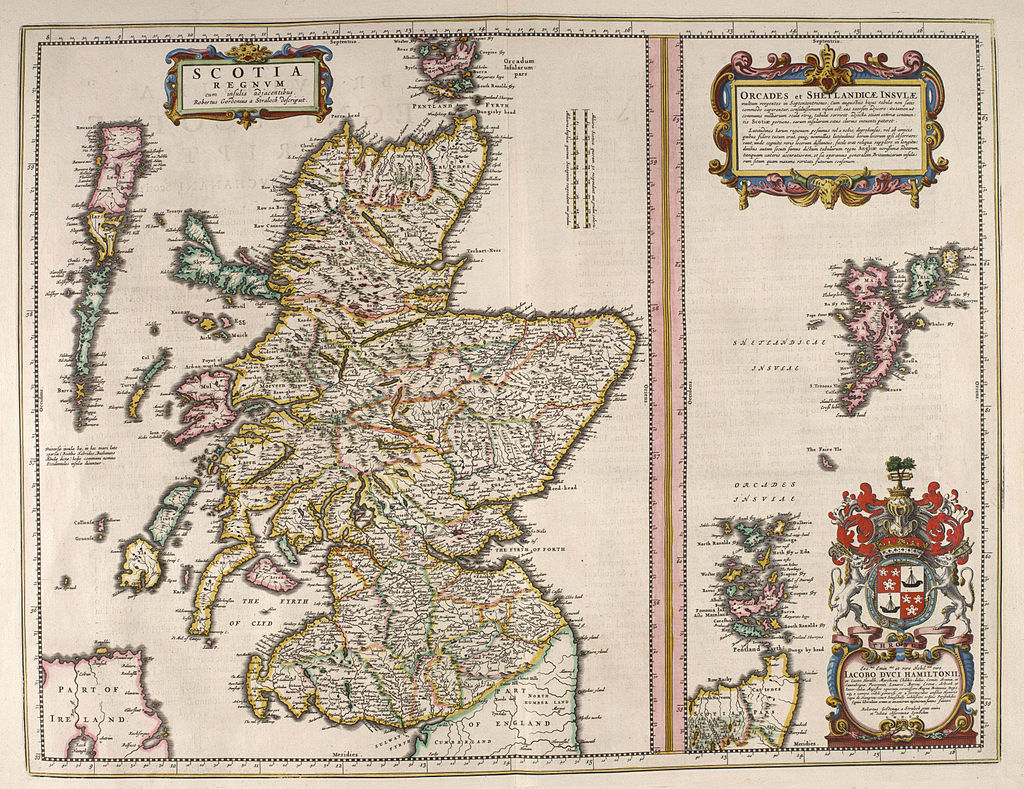
Mapping Identities: Visual Depictions of Scotland
- The University of the Highlands and Islands Institute for Northern Studies, together with our collaborative partners from the National Library of Scotland and Landscape Research Group, are delighted to announce the launch of Mapping Identities: Visual Depictions of Scotland in 2025-2026.
- Project leads : Dr Andrew Lind & Dr Oisín Plumb.
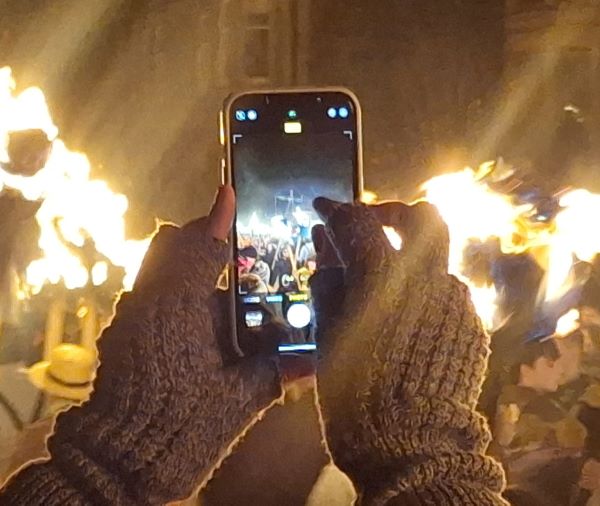
HerInDep: Heritage in Depopulated European Areas
- In collaboration with colleagues at Charles University (Prague, Czech Republic) and Kaunas University of Technology (Lithuania), the Institute for Northern Studies is a contributing institution to the Heritage in Depopulated European Areas (HerInDep) project.
- Staff: Dr Andrew Jennings (PI) and Dr Andrew Lind (CoI)
- Duration: 2023-2026
The Norse and the Sea
- The Maritime Cultural Landscape of Scandinavian Scotland (NaS)
- Project leads: Prof. Alexandra Sanmark and Dr Sven Kalmring,Zentrum für Baltische und Skandinavische Archäologie, Schleswig
- Co-Investigators: Dr Andrew Jennings , Dr Shane McLeod and Dr Dennis Wilken, Institute for Geosciences, Christian-Albrechts-University of Kiel.
- This project is investigating the maritime cultural landscape in Scandinavian Scotland (c. AD 790-1350), through an interdisciplinary approach using archaeological, written and toponymic evidence and address the overarching questions of connectivity and communication in Norse Scotland
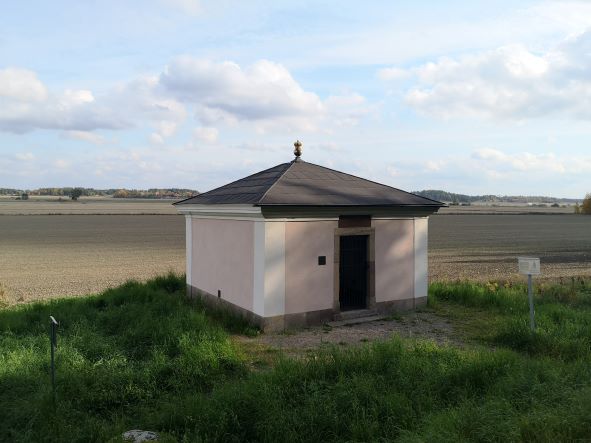
Mora äng: site of royal inauguration, assembly and cult
- Project team: Prof Alex Sanmark (Institute for Northern Studies), Kristina Jonsson (Jamtli), Mathias Bäck (Arkeologerna) and Marta Lindeberg (Arkeologikonsult).
- The project involves an archaeological landscape study of the assembly and royal inauguration site at Mora äng in Uppland, north of Stockholm.
- The project team will carry out detailed map studies, two small-scale archaeological investigations, and archaeological environmental analyses to enable a reconstruction of the earlier landscape.

The Orcades in the Medieval Mind
- Project leader: Oisín Plumb
- Maps offer a striking visual insight into medieval perceptions of the North.
- Previous work by Oisín Plumb evaluated the prominent depiction of the orcades in the ‘Anglo Saxon mappa mundi’ within British Library MS Cotton Tiberius B V1. 56v. [Link to previous article and project] This study will build on this by scrutinising another category of early medieval maps which engage with the orcades and their place on the globe: ‘Macrobian zonal maps’.
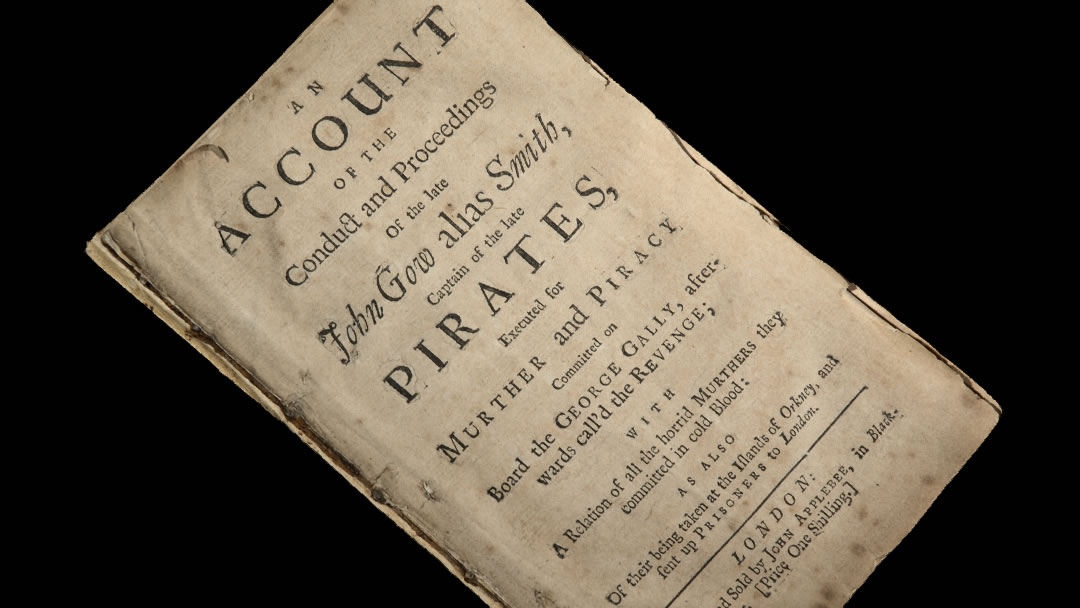
A Pirates Life - The John Gow Heritage Trail
- To commemorate the 300th anniversary of John Gow’s execution, the project team will launch a new heritage trail in Orkney that highlights the region’s piratical past.
- Staff: Dr Andrew Lind (PL) & Lynn Campbell (Col)
- This trail will not only help diversify local tourism offerings, which currently focus heavily on Viking and Neolithic sites, but will also highlight a key element of local heritage.
Completed Research Projects
For full details of each project, click on the heading below.
Scottish Island Futures - 2050 and Beyond
Scottish Island Futures - 2050 and Beyond
Four Workshops in 2023 Exploring the Future of the Scottish Islands
With the Islands (Scotland) Act 2018 and the current £100 million Islands Growth Deal, Scottish society is becoming more aware of the importance of the Scottish islands. However, what future awaits them? Four themed workshops will research potential futures, exploring their demographic challenges, their large-scale renewable power generation projects, space centres, rich cultural heritages, and creative industries. The workshops will involve expert island researchers from Scotland, Ireland, and members of the UArctic Thematic Network Arctic and Northern Islands Research from the Faroe Islands, Iceland, Canada and Finland. The experts will engage with islanders during the workshops, conference and on the Institute for Northern Studies UHI website.
Knowledge Transfer Partnership (KTP) Windswept
Knowledge Transfer Partnership (KTP) Windswept
This KTP will apply a cross-disciplinary approach to increase this microbrewery’s operational and economic sustainability by introducing technologies to reduce energy usage and wastewater volume, and enhancing the company’s brand identity by engaging the community and other stakeholders in shaping the vision and sharing the sustainability journey as it unfolds.
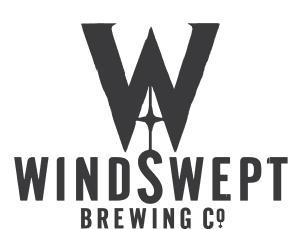

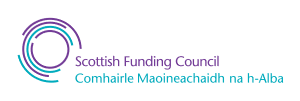
Where were the Orcades?: Early medieval engagement with the Islands at the end of the Earth
Where were the Orcades?: Early medieval engagement with the Islands at the end of the Earth
Support from the Scottish Catholic Historical Association Early Career and Independent Researcher Fund is allowing Dr Oisín Plumb to undertake a project looking into the use of the term ‘Orcades’ in early medieval sources. Early medieval references to Orc, Orcades, and Orcades Insula are usually translated as ‘Orkney’. However, the lack of overt early medieval references to Shetland or the Western Isles prior to Norse settlement suggests that such a translation cannot be accepted without question. The ninth abbot of Iona, Adomnán’s treatment of the Orcades suggests that he perceived the term to encompass the farthest reaches of humanity- emphasising Iona’s key role in ministering to the ends of the Earth. The ambiguous nature of references to the Orcades after Norse settlement suggests that there may have been some continuity in the use of the term to cover most of Scotland’s most northerly islands.
This project will ask if medieval scholars considered the Orcades to encompass a wider territory than Orkney alone, looking specifically at the portrayal of the Orcades within the ‘Anglo-Saxon mappa mundi’ within British Library Cotton MS Tiberius B V. On the map, islands labelled ORCADES INSULA cover an extensive area. Some look as if they have been drawn on top of what had previously been parts of the Scottish mainland. The investigation will consider if this map has been adjusted over time and, if this is the case, why this might have been. The grant from the Scottish Catholic Historical Association funded travel to London to allow for investigation of the manuscript. Multi-spectral images provided by the library have provided further invaluable material for the study.
Connectivity and Communication in Norse Orkney
Connectivity and Communication in Norse Orkney
This project broadens the investigation of communication and connectivity of Norse society in the Orkney archipelago and the wider North Atlantic between the 9th and the 15th century AD, using an innovative and interdisciplinary methodology. This work builds on a pilot project, which located major navigable waterways that cut across the West Mainland of Orkney, thus explaining the concentration of power of the Norse Earls in this area of Orkney. This new project combines research detailing place-names and medieval written sources, inspection of the landscape using historic maps and fieldwork including geophysical analysis of abandoned river channels as well as core sampling of buried landscapes, such as silted-up lochs. It examines the Orkney archipelago in the search for inland water routes, portages for boats and ‘defence systems’, drawing on the growing evidence of such features in Scotland and Scandinavia. In addition, tidal modelling will be carried out, allowing an evaluation of suggested outer waterway paths around and through the archipelago which will be compared with inland waterways. In this way, the project will produce novel and ground-breaking results connecting inland waterways to marine transport corridors, with the ultimate goal of producing a whole new map of Norse Orkney within its wider geographical setting in the North Atlantic. The results will be presented in digital maps, as well as a number of publications examining in detail the fieldwork methodology and how identified communication routes changes our view of communication in the Norse period.
The project is funded by an APEX award from The Royal Society.
Islands Strategy Project
Islands Strategy Project
The University of the Highlands and Islands has launched an online survey to gather the views of community members, public bodies, businesses and the voluntary sector of the islands of Orkney, Shetland and the Outer Hebrides in relation to the university’s Islands Strategy published in 2020.
Pictish Heritage Tourism
Pictish Heritage Tourism
This scoping study investigated the current Pictish heritage tourism offer in Scotland and identified opportunities for development of the offer. This was a collaborative project, produced jointly by Prof Alex Sanmark, Institute for Northern Studies and Dr Steven Timoney, Perth College, both University of the Highlands and Islands (UHI). The Pictish Heritage Tourism - Scoping Study Final Report outlines the results of the research and the key findings, covering an appraisal of the existing offer, and identifying opportunities for new developments in the Pictish heritage tourism offer. It provides valuable data that will allow third sector organisations and SMEs to identify opportunities to develop new products and tourism offers that incorporate Pictish heritage for a variety of audiences.
The research was supported by a grant from the UHI Tourism Sector Group Challenge Fund.
Viking and Norse Heritage Tourism in Scotland
Viking and Norse Heritage Tourism in Scotland
Dr Alex Sanmark, Institute for Northern Studies, and Dr Steven Timoney, Perth College, University of the Highlands and Islands, produced a scoping study investigating the current Viking and Norse heritage tourism offer in Scotland, and opportunities for new developments.
The Vikings continue to be popular across a range of media, and visiting heritage sites linked to the Vikings is increasingly popular. In Scotland, there are a number of Viking and Norse heritage sites presented to the public, primarily in the Northern and Western Isles, the traditional Norse territories. There are also major collections of Viking and Norse artefacts, most notably in the National Museums of Scotland.
With the growth in visitor numbers to Scotland, particularly in the Northern and Western Isles, heritage sites and visitor attractions are coming under increasing strain to cope with the demands and impacts of visitors. As tourism numbers increase, so the risks of long-term damage to many of the iconic heritage sites increases. The opportunities to develop new heritage provision in the Northern and Western Isles, which have encountered rapidly increasing visitor numbers in recent years, provides opportunities to reduce impact and load at honeypot sites by diversifying the offer, and providing the potential to take visitors away from pressure sites. This research has identified potential opportunities to develop new visitor offers linked to the Vikings and Norse in Scotland, which would help to alleviate these pressures. The final output was the Viking and Norse Heritage Tourism scoping study.
Sustainable tourism in the South Pacific
Sustainable tourism in the South Pacific
Co-Investigators: Prof. Donna Heddle and Dr Alexandra Sanmark.
Funded by the Global Challenges Research Fund
From Papay to Polynesia: a study of tourism in small islands
This project focuses on sustainable tourism in the island nation of Vanuatu in Melanesia. Vanuatu is a small developing country, which despite some economic difficulties, has managed to put in place a strategy which has resulted in an emerging, if not yet fully robust, tourism industry. The aim of our research project was to evaluate the Vanuatu tourism industry, in particular to examine the methods by which they have achieved its current level of tourism offer, and see what improvements could be suggested. As a result of this, the Institute is currently developing a training programme for Vanuatu tourist guides, to be validated by the Scottish Qualifications Authority in conjunction with the Vanuatu Qualifications Authority. This programme has been developed with the input of all our correspondents. The aim is to upskill a workforce with an internationally recognised qualification of a high standard which would improve the cultural product on offer and attract more high end tourists. It would also improve the career economic prospects of this workforce as all tourism stakeholders would have to use this qualification as a benchmark. Furthermore, the programme could be accessed by business owners, craftspeople, and others working in the industry who wish to learn how to promote their products and enhance the tourism experience on the islands. Read more in Alex's Vanuatu blog.
Archipelago of Adventure: Creating an International Tourist Guiding Qualification for Vanuatu and beyond
The Institute has continued its work in Vanuatu through a further grant from the Global Challenges Research Fund. The most significant issue identified by our previous research was the necessity of creating an internationally recognised tourism qualification, recognised as a prime need by all stakeholders as tourism development could not really take place without it. The Institute is now developing a training programme for Vanuatu tourist guides with the Scottish Qualifications Authority, the Vanuatu Qualifications Authority, and the University of the South Pacific. It will be rolled out further across the South Pacific nations. This development will improve the career and economic prospects of this workforce, particularly women, and the service and cultural product on offer, resulting in the attraction and retention of high end tourists. INS staff are particularly proud that their research will be improving lives in a very real and immediate way.
Read more in Alex's Vanuatu blog 2020 v2
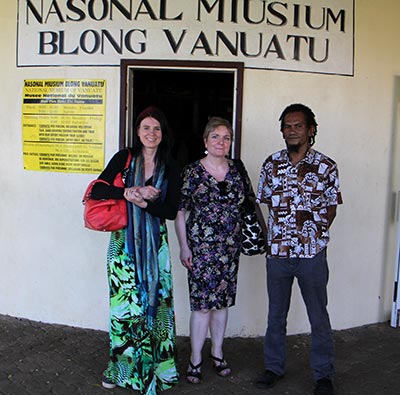
Waterways in the West Mainland of Orkney: A Pilot Study
Waterways in the West Mainland of Orkney: A Pilot Study
Funded by a British Academy/Leverhulme Small Research Grant. Principal Investigator: Dr Alex Sanmark. Co-Investigators: Prof. Barbara Crawford and Dr Richard Bates.
This project examines the potential existence of a line of navigable waterways running through the West Mainland of Orkney in the Viking Age and Late Norse Period (c. 790-1350). This idea has been raised in recent research by Barbara Crawford and Alexandra Sanmark, highlighting an important gap in our knowledge of the past landscape of Orkney. The West Mainland was a key area for the Norse Earls who ruled Orkney, in terms of fertile land, and here many of their seats of power were located. In medieval Scandinavia, such estates were commonly situated in strategic locations for communication, i.e. by important land and water routes. These same characteristics are found for the Earldom estates across Orkney, apart from the West Mainland. There is, however, a striking body of evidence suggesting that it would have been possible to travel to the West Mainland Earldom estates via now vanished inland waterways. This theory will be tested though sampling and study of sediments in the relevant areas. If the waterways can be shown to have existed, the map of Norse Orkney will have to be redrawn and the potential research impact of this project is therefore very large.
Download the final report and read the article The Norse Waterways of West Mainland, Orkney, Scotland.
Focus on the assembly site of Anundshög in Sweden
Focus on the assembly site of Anundshög in Sweden
Archaeological fieldwork. Various funders. Investigators: Dr Alexandra Sanmark with colleagues in Sweden.
This project builds on Alex Sanmark’s previous research and archaeological fieldwork of the assembly site of Anundshög (Västmanland, Sweden). Anundshög, one of the most significant assembly (thing) sites of medieval Sweden, has a very strong archaeological profile, with roots in the Early Iron Age. Our excavations revealed a 200-metre-long wooden monument, with dates from the Roman Iron Age to the late medieval period, most likely erected to enclose the sacred legal space. This was the first monument of this type to have been found in Sweden. Since then a similar monument, although on a bigger scale, has been discovered at the major cult and assembly site of Gamla Uppsala and gained world-wide interest. As part of earlier fieldwork, we carried out a geophysical survey of the whole site, which showed the presence of other significant remains. The excavations have also revealed the remains of a 14th-century 'thing' cottage. This is the first confirmed example in Sweden of a building erected on a medieval assembly sites with prehistoric roots.

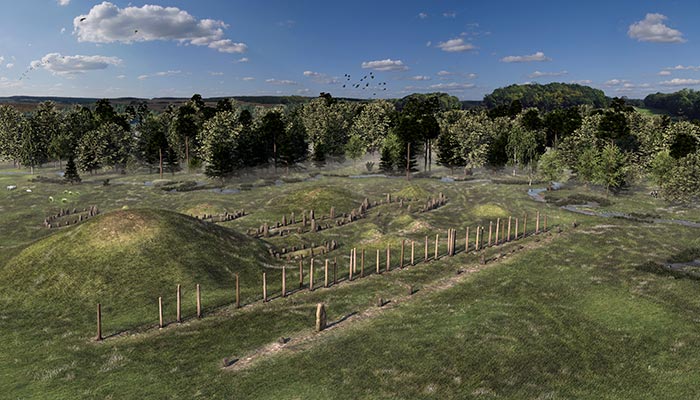
2016 - Scots and Nynorsk as cultural movements
2016 - Scots and Nynorsk as cultural movements
Scotland is currently going through some exciting sociolinguistic transformations. Not only is the Gaelic community undergoing changes, with 'new speakers' overtaking the number of 'heritage speakers' of the language, but there are rapid developments regarding Scots as well. New initiatives for revitalising Scots are coming both from above and from the grassroots: Education Scotland is bringing Scots to schools through 4 Scots Language Co-ordinators. A Scots 'Scriever' has been appointed to produce texts in Scots. In newspapers and online fora, Scots is becoming popular. Politically and in terms of language planning, this situation resembles that of Norway in the 19th century, where the Nynorsk movement emerged as a break away from the political and linguistic dominance of Denmark. The proposed project utilised the fact that there is a nation, Norway, with a comparable population and a similar linguistic and formerly also political relationship with a neighbouring country, to which current developments in Scotland can be compared a century later. What can Scotland learn from Norway?
2015 - Orkney & Shetland Community Digital Heritage
2015 - Orkney & Shetland Community Digital Heritage
Contact: (Orkney) Dr Alexandra Sanmark, (Shetland) Dr Andrew Jennings
Funded by Digital Scotland, The Orkney & Shetland Community Digital Heritage Project invited people in Orkney and Shetland to get involved in capturing their memories, stories and special places using simple technology. Community members to captured and shared memories and stories of place-names, people, and places in both Orkney and Shetland, though using mobile phone and tablet technology with the app Fieldtrip GB. The app let participants take photos, write memories down, or record spoken narratives, all tied to an interactive map via the device's GPS.
The Assembly Project (TAP) - Meeting-places in Northern Europe AD 400-1500
The Assembly Project (TAP) - Meeting-places in Northern Europe AD 400-1500
www.khm.uio.no // Contact : Dr Alexandra Sanmark
This is an international collaborative project investigating the first systems of governance in Northern Europe. The first systems of governance in Europe have long been a neglected research theme, with the significance of these places in the medieval world highlighted only in recent publications. TAP will build on previous research and offer a new, innovative, and large scale study of thing sites in the context of the transition from localised polities to large-scale kingdoms and nation states. TAP was officially launched in June 2010 and ran until 2013, with regular project workshops held in Austria, Scandinavia, Orkney and the UK.
Main research question: What was the role of assemblies (things) in the creation, consolidation and maintenance of collective identities, emergent polities and kingdoms in early medieval Northern European populations and communities?
The project contributes an entirely new combined data set for the study of early governance and administrative organisation in the societies of North West Europe. It will achieve a range of objectives including:
- the establishment of a relative chronology of assembly sites
- new knowledge on the role of assemblies in processes of territorialisation.
- a study of how law and collective norms and values were established and
- enforced onto colonised/conquered areas.
- a study of gender perspective concerning power relations and assembly access
- a historiography of assemblies and their relevance to the concepts of national
- identity and statehood
The Assembly Project team, which consist of colleagues from the Universities of Oslo, Vienna, Durham and the University of the Highlands and Islands is financially supported by the HERA Joint Research Programme which is co-funded by AHRC, AKA, DASTI, ETF, FNR, FWF, HAZU, IRCHSS, MHEST, NWO, RANNIS, RCN, VR and The European Community FP7 2007-2013, under the Socio-economic Sciences and Humanities programme.

2013 - The Orkney Viking Heritage Project
2013 - The Orkney Viking Heritage Project
www.worldtreeproject.org // Contact : Professor Donna Heddle
The Orkney Viking Heritage Project is a training programme for PhD students and early career researchers in the field of Old Norse-Icelandic and Viking Studies (ONIVS), which aims to extend academic research about the Viking diaspora and its tangible and non-tangible heritage in the British Isles. It consists of workshops, a field school in Orkney and an exhibition. The theme of Midlands Viking Symposium is linked to the Project.
The project is a collaborative initiative led by the following institutions: The Faculty of English, University of Oxford, The Department of Anglo-Saxon, Norse and Celtic, University of Cambridge, The School of English, University of Nottingham, The Institute for Northern Studies, University of the Highlands and Islands.
It is funded by a Collaborative Skills Development Grant from the Arts and Humanities Research Council (AHRC).
The Hjaltland Research Network
The Hjaltland Research Network
www.hjaltlandnetwork.com Contact : Dr Andrew Jennings
The Hjaltland Network received £17,000 from the Royal Society of Edinburgh to bring together national and international scholars of folklore, onomastics, genetics, isotope research, archaeology and history for a large-scale research project entitled Mapping Viking Age Shetland. The project, through the digitising and mapping of the datasets of each discipline, answered many of the unresolved questions about Shetland’s Viking Age, such as:
- what happened to the pre-Viking population
- the date of Viking settlements
- the origins of the Norse settlers and the anomaly of the divergent origins of the male and female lines
- the nature of Shetland’s connections to the Celtic world
- the intensity of settlement and the extent and duration of Norse pagan beliefs and folk traditions.
Mapping Viking Age Shetland was a truly interdisciplinary approach to Viking-Age research, applying the latest technological advances and innovative new research in the various scientific and technological fields, allowing analysis of additional information from existing sources and uncovered new onomastic, genetic and isotopic evidence.
2012 - The Orkney and Shetland Dialect Corpus Project: scoping study.
2012 - The Orkney and Shetland Dialect Corpus Project: scoping study.
This project, funded by the Arts and Humanities Research Council (AHRC), evaluated the feasibility and planned the development of a corpus of Orkney and Shetland dialect texts for use in linguistic research. The main objective of the research was to undertake a scoping study and research review with a view to developing a larger corpus-based project on Orkney and Shetland dialect grammar. The project identified available sources of dialect text and considered how these could be developed into a digitally searchable corpus resource. As part of the Connected Communities programme, it also engaged the local communities in Orkney and Shetland through various events such as a presentation for Shetland ForWirds, a dialect day as part of Orkney International Science Festival, and an evening class in Orkney dialect for beginners. Associated publications: "The Establishment of the Scots Language in Orkney", by Ragnhild Ljosland, in New Orkney Antiquarian Journal vol.6, and "Grammatical Gender in Orkney and Shetland Dialect", to appear in Scottish Language. The project also led to the foundation of The Orkney and Shetland Dialect Research Network.
2012 - 'Nordic Regions of Culture: intercultural links between Norway and Scotland in the eighteenth century'
2012 - 'Nordic Regions of Culture: intercultural links between Norway and Scotland in the eighteenth century'
Research mobility project funded through the Norwegian Research Council for 5-month residency at Høgskulen I Volda/Volda University College. The project evidenced the relationship between the cultural heritage of coastal communities across the North Sea through general historiographical and socio-cultural analysis, but also using case studies from seventeenth and eighteenth century coastal histories and cultures.
2011 - A Knowledge Exchange project: Small Boats of Shetland
2011 - A Knowledge Exchange project: Small Boats of Shetland
Author: Alison Munro
Funded through the Scottish Funding Council's "Innovation Voucher" scheme, this publication made recent research findings about the traditional Shetland boat available in an accessible format for the public. The book interprets an important part of Shetland's cultural heritage and generates profits for the Unst Boat Haven (Unst Heritage Trust), a cultural heritage charity.